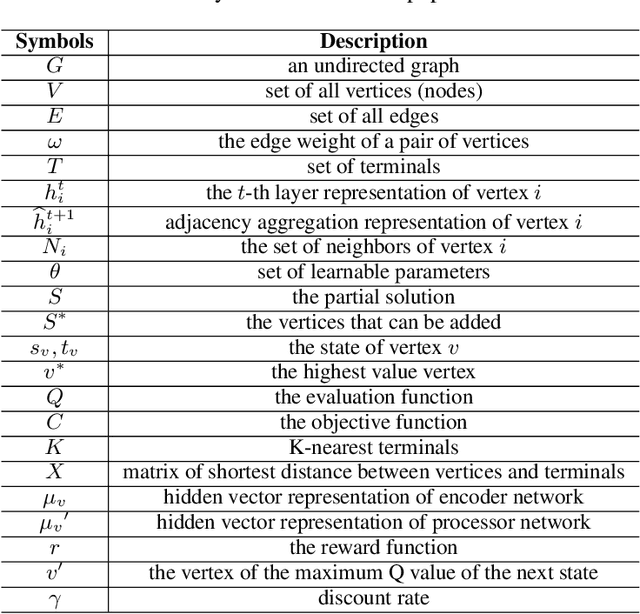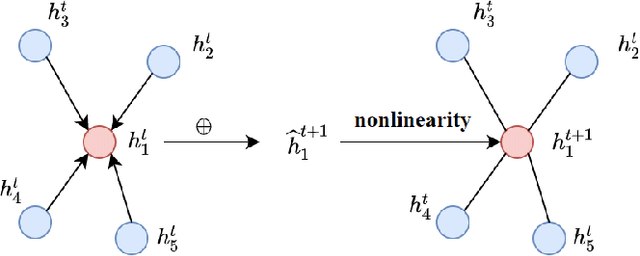Qinqing Zhan
Vulcan: Solving the Steiner Tree Problem with Graph Neural Networks and Deep Reinforcement Learning
Nov 21, 2021



Abstract:Steiner Tree Problem (STP) in graphs aims to find a tree of minimum weight in the graph that connects a given set of vertices. It is a classic NP-hard combinatorial optimization problem and has many real-world applications (e.g., VLSI chip design, transportation network planning and wireless sensor networks). Many exact and approximate algorithms have been developed for STP, but they suffer from high computational complexity and weak worst-case solution guarantees, respectively. Heuristic algorithms are also developed. However, each of them requires application domain knowledge to design and is only suitable for specific scenarios. Motivated by the recently reported observation that instances of the same NP-hard combinatorial problem may maintain the same or similar combinatorial structure but mainly differ in their data, we investigate the feasibility and benefits of applying machine learning techniques to solving STP. To this end, we design a novel model Vulcan based on novel graph neural networks and deep reinforcement learning. The core of Vulcan is a novel, compact graph embedding that transforms highdimensional graph structure data (i.e., path-changed information) into a low-dimensional vector representation. Given an STP instance, Vulcan uses this embedding to encode its pathrelated information and sends the encoded graph to a deep reinforcement learning component based on a double deep Q network (DDQN) to find solutions. In addition to STP, Vulcan can also find solutions to a wide range of NP-hard problems (e.g., SAT, MVC and X3C) by reducing them to STP. We implement a prototype of Vulcan and demonstrate its efficacy and efficiency with extensive experiments using real-world and synthetic datasets.
 Add to Chrome
Add to Chrome Add to Firefox
Add to Firefox Add to Edge
Add to Edge